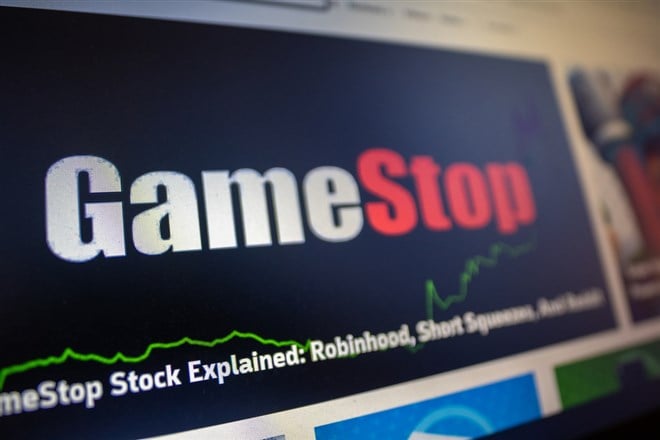
GameStop (NYSE:GME) has been one of the most explosive stocks of 2021 so far. Back in early 2021, the stock was struggling to get past the $20 per share mark, and it had spent most of 2020 down in the single-digit doldrums. That all changed with mid-January, as GameStop stock exploded to ultimately reach a 52-week high of $483 per share at one point. After a collapse back down to the mid-$40s back in February, the stock launched upward again. Now, it's made some fresh gains, largely on the strength of its status as the leader in meme stocks.
Roster Moves and the Kitty that Roared
There were two major reasons behind the recent jump: the first is connected to roster moves. The company's current CEO, George Sherman, will depart GameStop on July 31, or earlier if a new successor is found. The board has already begun its search, and is said to be focusing on those who have the necessary experience in making transitions from brick-and-mortar retail to online retail, a transition particularly espoused by one of its latest board members, activist investor and Chewy (NYSE:CHWY) co-founder Ryan Cohen. The company also brought on Jenna Owens, formerly with Amazon (NASDAQ:AMZN) and Google (NASDAQ:GOOGL) to serve as chief operating officer.
The second major reason features Keith Gill, also known as RoaringKitty, the YouTube star and investor who exercised 500 call options in GameStop, which gave him 50,000 more shares at a strike price of $12 per share. Gill also bought another 50,000 shares on top of the options trade, which puts him at a cumulative total of 200,000 shares worth just over $30 million at one point. Gill could have taken quick profit instead, so the notion of Gill taking on more shares suggests that Gill sees a further path upward for GameStop in the days ahead. Some have even suggested there's an outside chance that Cohen may reach out to Gill for the top slot as a means to better bring in investors.
Analysts Frantically Hunting for Exits
Despite the incredible upward performance seen at GameStop of late, analysts—based on our latest research—do not look for it to continue. In fact, GameStop currently has a consensus rating of “sell”, and has held such a rating for the last two years.
The bearish nature of GameStop has held all through the meme period and well into the present day. A year ago, GameStop had two “hold” ratings and six “sell.” Six months ago, things improved, if you can call two “hold” and five “sell” improvement. Three months ago, the two “hold” and five “sell” maintained its position, and did so into the present day, where we stand at, again, two “hold” and five “sell” ratings.
The price target, meanwhile, has nothing at all to do with the current price. The average price target is just $13.36, with a high of $30 and a low of $2.50, at last report. Even the high represents a substantial step down for GameStop, which currently trades at $169.37.
Where Can It Go From Here?
The problem with trying to track GameStop stock is that the stock's current performance is woefully unconnected to its fundamentals. The analyst price targets are pretty spot on here, especially for a company whose current business model is rapidly approaching the end of its shelf life. The idea of people going into a store, bringing their used video games with them, receiving a pittance for same and then applying that pittance to brand-new games—or other used games—at significant mark-up is falling out of favor. People can sell their used video games in dozens of places—Amazon comes readily to mind here—so why would they sell to GameStop? Plus, GameStop has the massive real estate issue hanging over it; I remember a time in which I went to a GameStop to have a look around, then left the GameStop only to be able to see a second GameStop store on the other side of the parking lot. That has been long since addressed, though it's clear the era of peak GameStop has come and went.
While GameStop is working to pivot to online operations—and that's admirable for the company's survival—the question is whether or not it can actually hold. Many reports have suggested that GameStop's newly-inflated stock price is directly related to a sense of hostility toward hedge funds as opposed to any real potential for the company itself. If that were the case, however, then why are we seeing RoaringKitty stock up on GameStop stock like it's toilet paper back in April 2020?
There may yet be opportunity for short-term gains here; the RoaringKitty move is difficult to dismiss. However, anyone trying to realize gains at this point will want to be very careful; it's poised for a very long drop indeed. This may be the time to take profits and let the game play out, then come back once the share price has reached a more sensible level.
Companies in This Article: